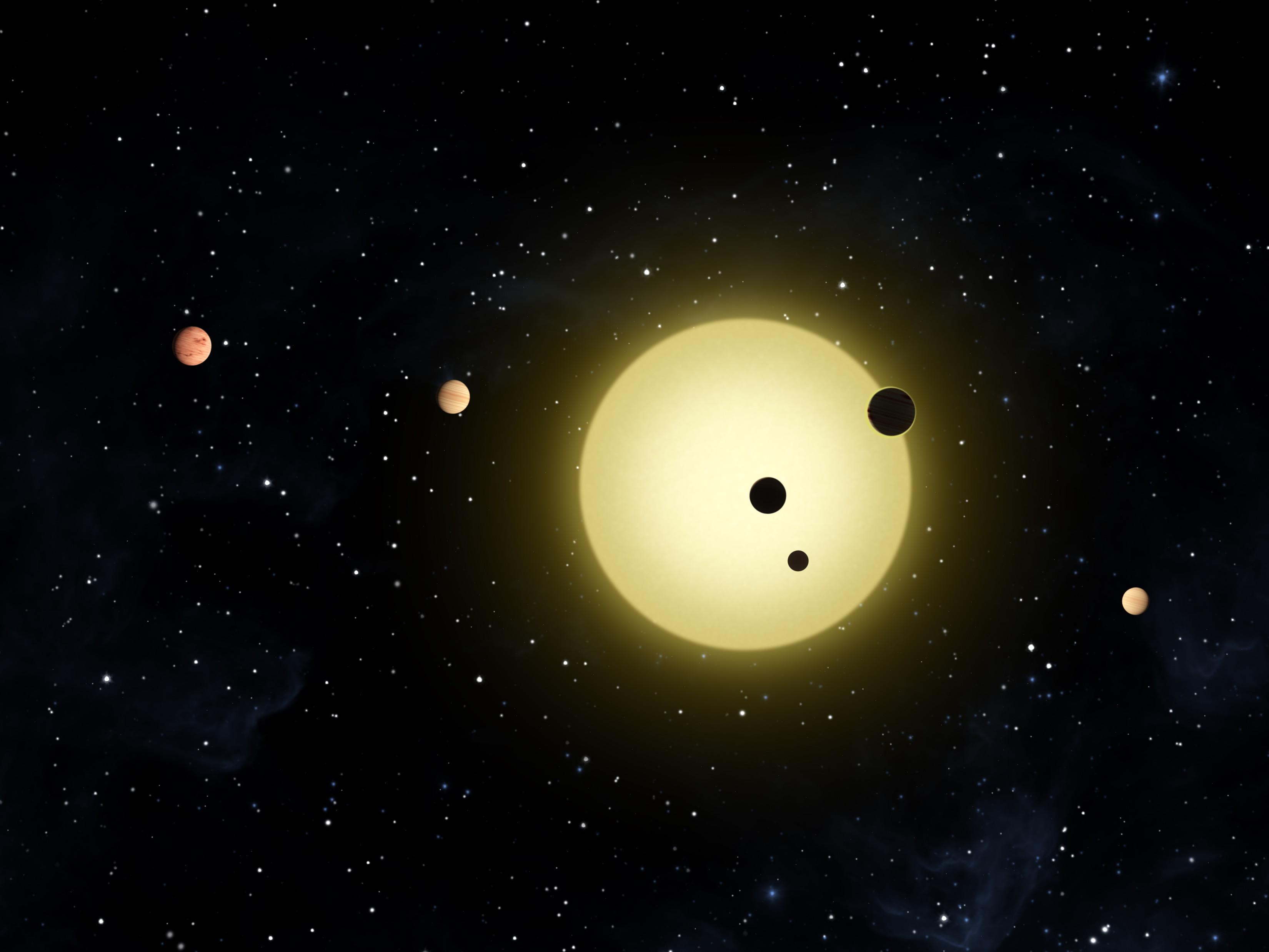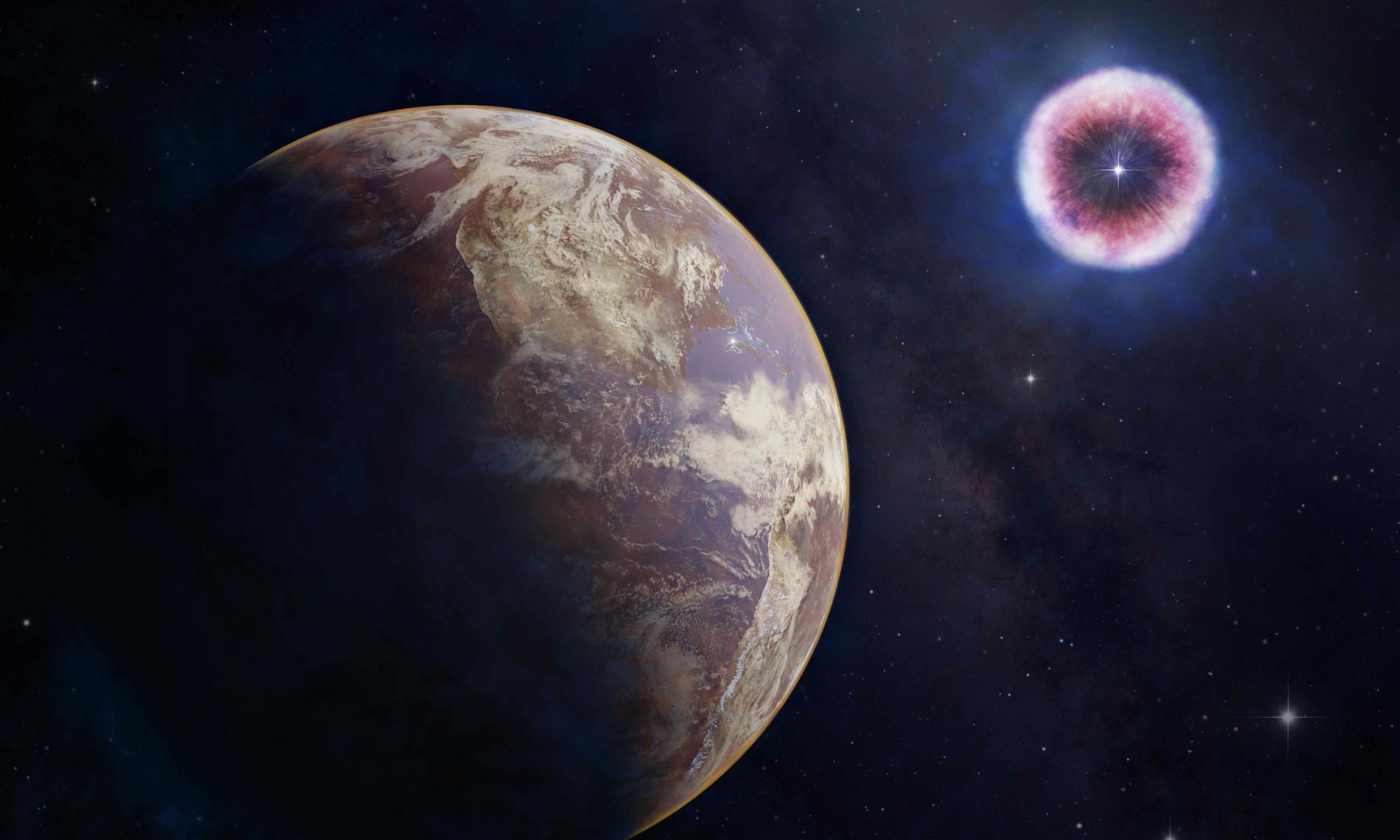Supernovae are incredibly common in the universe. Based on observations of isotopes such as aluminum-26, we know that a supernova occurs on average about every fifty years in the Milky Way alone. A supernova can outshine a galaxy, so you wouldn’t want your habitable planet to be a few light years away when it goes off. Fortunately, most supernovae have occurred very far away from Earth, so we haven’t had to concern ourselves with wearing sunscreen at night. But it does raise an interesting question. When it comes to supernovae, how close is too close? As a recent study shows, the answer depends on the type of supernova.
Continue reading “You Don't Want to Be Within 160 Light-Years of a Supernova”Advanced Civilizations Could Build a Galactic Internet with Planetary Transits

Decades after Enrico Fermi’s uttered his famous words – “Where is everybody?” – the Paradox that bears his name still haunts us. Despite repeated attempts to locate radio signals coming from space and our ongoing efforts to find visible indications of alien civilizations in distant star systems, the search extra-terrestrial intelligence (SETI) has yet to produce anything substantive.
Continue reading “Advanced Civilizations Could Build a Galactic Internet with Planetary Transits”
